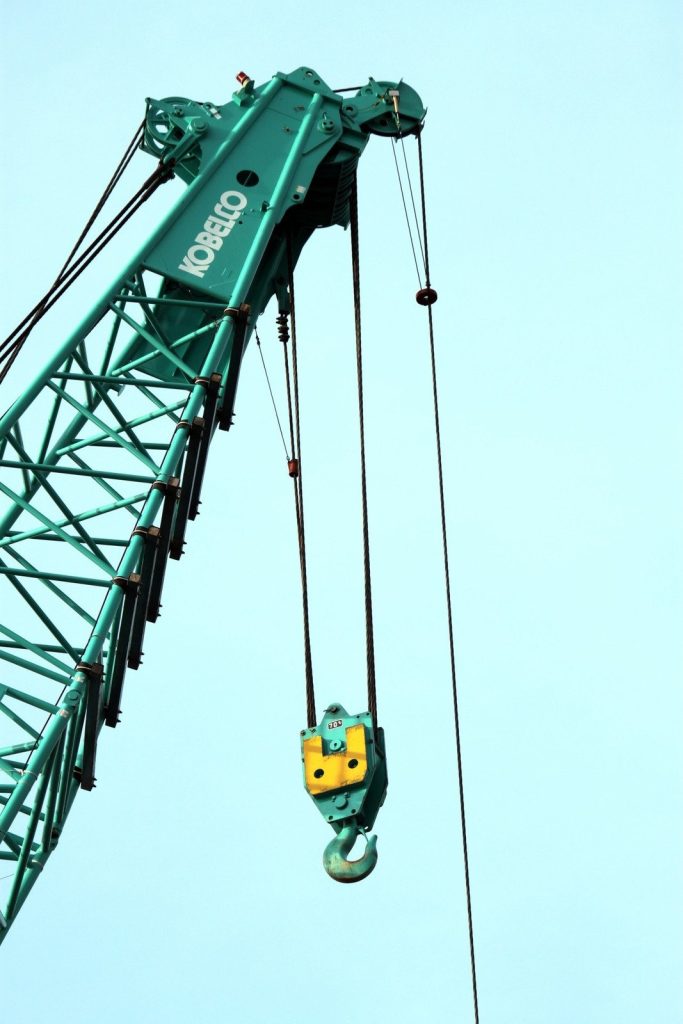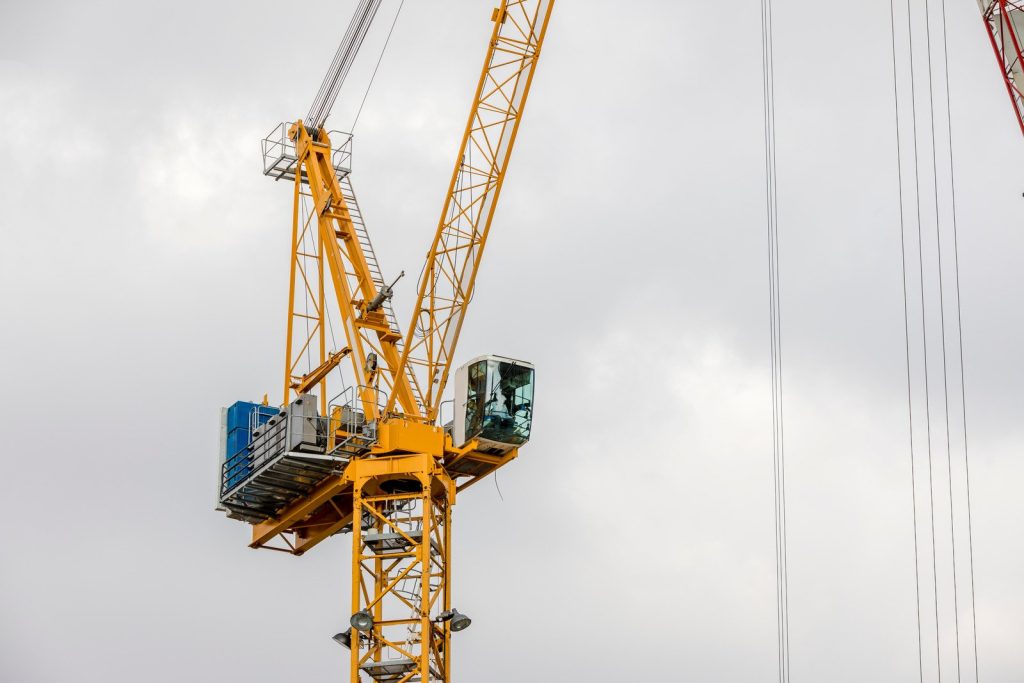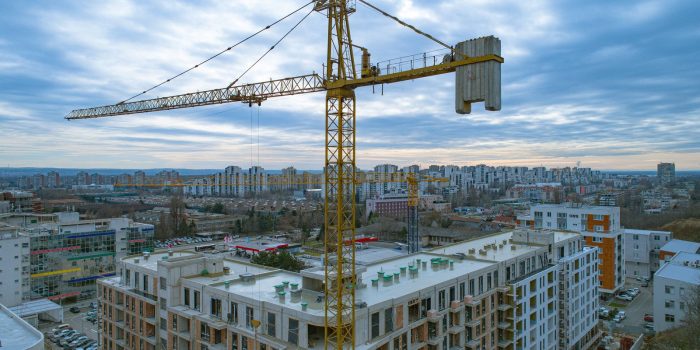What are tower cranes?
A tower crane is known as a crane, which is among the largest working machines. Its task is to lift loads by means of a hook placed on a rope that is installed on the boom. Cranes definitely reign supreme in the construction industry when it comes to size. They are capable of lifting materials weighing up to several tens of tonnes. Construction crews use a tower crane to lift steel, concrete, large tools such as torches and acetylene generators and a wide range of other building materials. Cranes are a common feature of any major construction site.
Division of cranes
We can divide these machines according to their stance, type of boom, location of the swivel mechanism and type of mounting.

Base type:
- stationary,
- passable.
Boom type:
- cantilevered,
- leaning.
Location of the rotary mechanism:
- low-speed,
- top speed.
Mounting type:
- assembled in parts,
- FOCUSING.
Construction of a tower crane
Tower cranes on any job site must be delivered in pieces and then assembled. The most important parts of their construction include:
- base - attached to a concrete slab, connecting to the mast,
- tower - it is vertical and consists of numerous elements,
- turntable - mounted on top, this is what allows the crane to turn,
- boom - or 'working arm', its purpose is to move the load, it also houses the operator's cab.
Application
We can use tower cranes in many sectors, including:
- in construction - industrial and residential,
- in transport,
- when unloading and handling materials,
- when assembling steel structures.
Security
To ensure the safety of yourself and others, it is a good idea to follow a few rules related to the use of tower cranes. First and foremost, health and safety regulations must be complied with. In addition to this, tower cranes must be protected from strong winds that could damage their structure. Also, all faults and damage should be reported immediately so that the health and life of the crane operator and those in the vicinity of the machine are not endangered. More information can be found in the regulation on health and safety in the operation of tower and high-speed cranes.
Advantages of tower cranes:

- very high lifting heights possible,
- ability to lift loads of several tonnes,
- uncomplicated operation for construction equipment,
- ability to work in difficult terrain,
- high productivity,
- high precision,
- multifunctionality,
- improving the execution of activities.
Entitlements
What are the requirements to become a tower crane operator? First of all, you need to be at least 18 years old and have a minimum of primary education. Secondly: you need a licence that allows you to work at heights. Once you have met all these conditions, you need to obtain the necessary qualifications to become a tower crane operator.
Frequently asked questions
What are tower cranes?
A tower crane is known as a crane, which is among the largest working machines. Its task is to lift loads. It does this by means of a hook placed on a rope that is installed on the boom.
Do I need a licence to operate tower cranes?
As much as possible. You need a licence that allows you to work at height and a special tower crane operator's licence.
What are the advantages of tower cranes?
The advantages of tower cranes, for example, are that they can work in difficult terrain, are highly efficient and can carry loads of several tonnes at a time.


